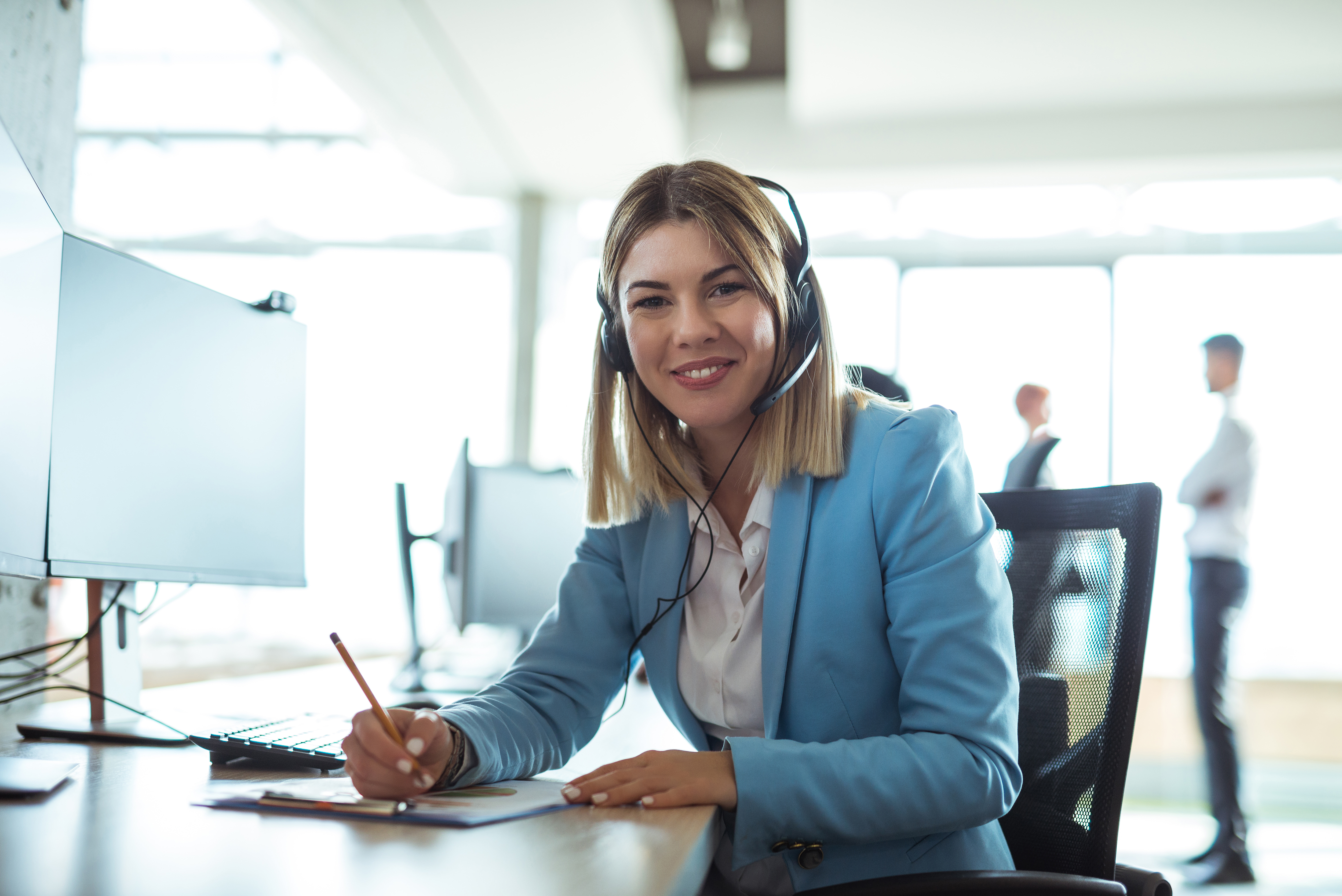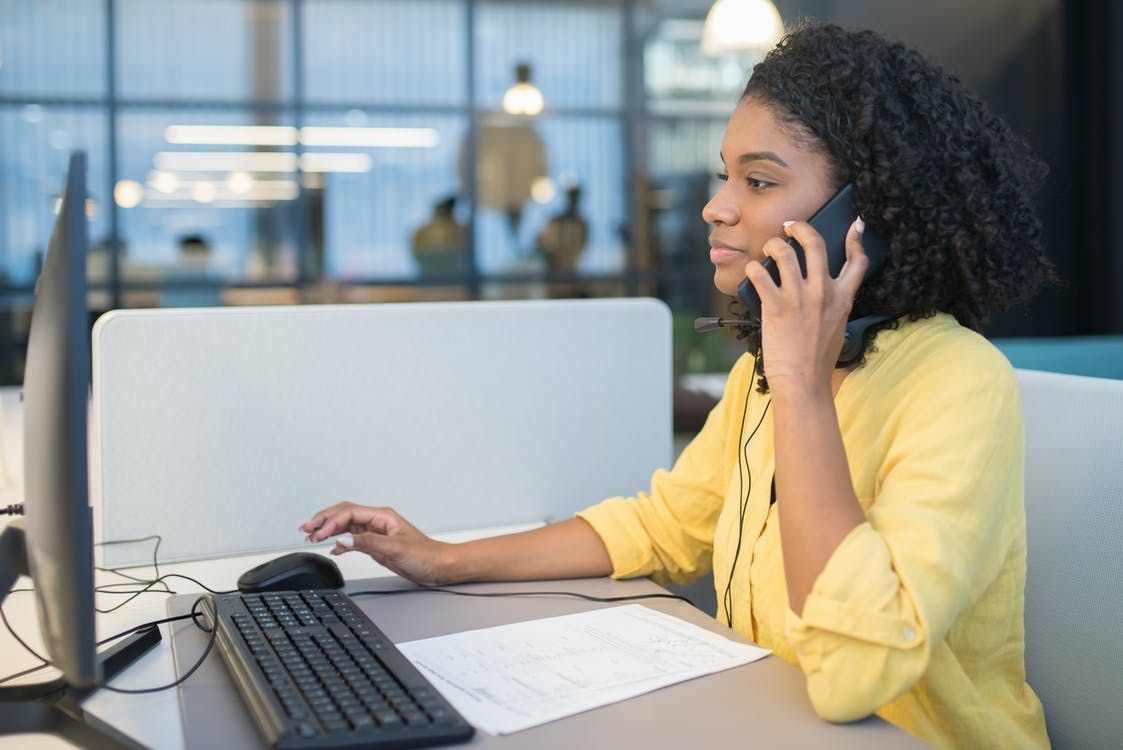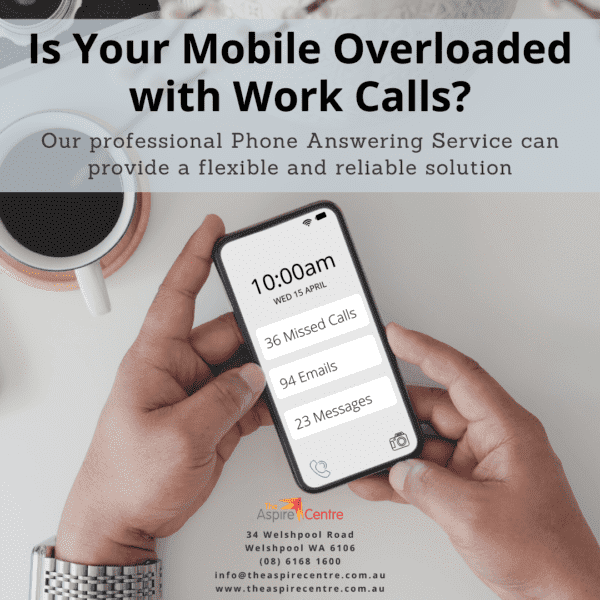All Categories
Featured
Table of Contents
- – Best How Outsourced Phone Answering Service Can...
- – The Best Phone Answering Services - Usa, Europe?
- – How Much Does It Cost To Have A Telephone Answ...
- – What Does Answering Service Faqs - Questions ...
- – Who Is The Best 12 Best Telephone Answering S...
- – What Is The Best Virtual Assistant Call Answ...
Best How Outsourced Phone Answering Service Can Help Your ... Showroom Near Me
This device and its followers were designed by Sava Jacobson, an electrical engineer with a personal consulting business. While early voice mail utilized magnetic tape technology, most modern devices uses strong state memory storage; some devices utilize a combination of both, with a solid-state circuit for the outgoing message and a cassette for the inbound messages.
"toll saving" below) (answering service). This is helpful if the owner is evaluating calls and does not wish to speak to all callers. In any case after going, the calling party ought to be notified about the call having actually been responded to (for the most part this begins the charging), either by some remark of the operator, or by some welcoming message of the TAD, or dealt with to non-human callers (e.
This holds particularly for the Littles with digitally saved welcoming messages or for earlier makers (prior to the rise of microcassettes) with a special unlimited loop tape, different from a second cassette, dedicated to recording. There have actually been answer-only devices with no recording abilities, where the greeting message had to notify callers of a state of existing unattainability, or e (professional phone answering service).
The Best Phone Answering Services - Usa, Europe?

about schedule hours. In taping TADs the greeting normally contains an invitation to leave a message "after the beep". A voice mail that utilizes a microcassette to tape messages On a dual-cassette answerphone, there is an outgoing cassette, which after the specified variety of rings plays a pre-recorded message to the caller.

Single-cassette voice mail contain the outbound message at the beginning of the tape and inbound messages on the remaining area. They initially play the announcement, then fast-forward to the next offered space for recording, then record the caller's message. If there are lots of previous messages, fast-forwarding through them can cause a significant delay.
This beep is typically referred to in the welcoming message, requesting that the caller leave a message "after the beep". Littles with digital storage for the tape-recorded messages do not reveal this hold-up, obviously. A little bit may offer a remote control center, whereby the answerphone owner can call the house number and, by getting in a code on the remote telephone's keypad, can listen to recorded messages, or delete them, even when far from house.
How Much Does It Cost To Have A Telephone Answering Service: What It Is And Why It Isn't Enough?

Thus the machine increases the number of rings after which it addresses the call (usually by 2, resulting in 4 rings), if no unread messages are presently kept, however answers after the set number of rings (typically two) if there are unread messages. This allows the owner to learn whether there are messages waiting; if there are none, the owner can hang up the phone on the, e.
Some machines also enable themselves to be from another location triggered, if they have been turned off, by calling and letting the phone ring a particular large number of times (typically 10-15). Some provider abandon calls currently after a smaller variety of rings, making remote activation impossible. In the early days of Little bits an unique transmitter for DTMF tones (dual-tone multi-frequency signalling) was regionally required for push-button control, since the previously used pulse dialling is not apt to convey appropriate signalling along an active connection, and the dual-tone multi-frequency signalling was executed step-by-step.
Any inbound call is not recognizable with regard to these homes in advance of going "off hook" by the terminal devices. So after going off hook the calls must be switched to suitable devices and only the voice-type is right away accessible to a human, but perhaps, however ought to be routed to a TAD (e.
What Does Answering Service Faqs - Questions & Answers Cost?
What if I told you that you do not have to in fact pick up your gadget when responding to a consumer call? Somebody else will. So hassle-free, right? Answering phone calls does not need somebody to be on the other end of the line. Efficient automated phone systems can do the technique just as effectively as a live representative and often even better.
An automatic answering service or interactive voice response system is a phone system that interacts with callers without a live individual on the line - business call answering service. When companies use this technology, customers can get the answer to a question about your company simply by utilizing interactions established on a pre-programmed call flow.
Although live operators update the customer care experience, numerous calls do not need human interaction. A basic taped message or instructions on how a consumer can retrieve a piece of info usually solves a caller's instant requirement - business call answering service. Automated answering services are a basic and effective method to direct incoming calls to the ideal individual.
Who Is The Best 12 Best Telephone Answering Service For Businesses In ...
Notice that when you call a business, either for assistance or product questions, the very first thing you will hear is a pre-recorded voice greeting and a series of choices like press 1 for customer support, press 2 for inquiries, and so on. The pre-recorded alternatives branch out to other options depending on the client's choice.
The phone tree system helps direct callers to the ideal person or department utilizing the keypad on a mobile phone. In some circumstances, callers can utilize their voices. It deserves noting that auto-attendant choices aren't limited to the ten numbers on a phone's keypad. When the caller has actually selected their very first alternative, you can design a multi-level auto-attendant that uses sub-menus to direct the caller to the ideal type of support.
The caller does not need to interact with an individual if the auto-attendant phone system can manage their issue. The automated service can route callers to an employee if they reach a "dead end" and need help from a live agent. It is costly to hire an operator or executive assistant.
What Is The Best Virtual Assistant Call Answering Service For The Price
Automated answering services, on the other hand, are substantially less expensive and provide significant cost savings at approximately $200-$420/month. Even if you don't have actually devoted personnel to manage call routing and management, an automated answering service improves efficiency by allowing your team to concentrate on their strengths so they can more efficiently invest their time on the phone.
A sales lead routed to consumer service is a lost shot. If a consumer who has item concerns reaches the incorrect department or gets incomplete answers from well-meaning staff members who are less trained to deal with a particular type of question, it can be a reason for aggravation and dissatisfaction. An automated answering system can minimize the variety of misrouted calls, consequently helping your staff members make better use of their phone time while releasing up time in their calendar for other tasks.
With Automated Answering Systems, you can produce a personalized experience for both your staff and your callers. Make a recording of your primary greeting, and simply update it frequently to show what is going on in your company. You can produce as numerous departments or menu options as you want.
Table of Contents
- – Best How Outsourced Phone Answering Service Can...
- – The Best Phone Answering Services - Usa, Europe?
- – How Much Does It Cost To Have A Telephone Answ...
- – What Does Answering Service Faqs - Questions ...
- – Who Is The Best 12 Best Telephone Answering S...
- – What Is The Best Virtual Assistant Call Answ...
Latest Posts
Fast Virtual Receptionist
Virtual Reception Solutions Near Me
Cost-Effective Live Phone Answering
More
Latest Posts
Fast Virtual Receptionist
Virtual Reception Solutions Near Me
Cost-Effective Live Phone Answering